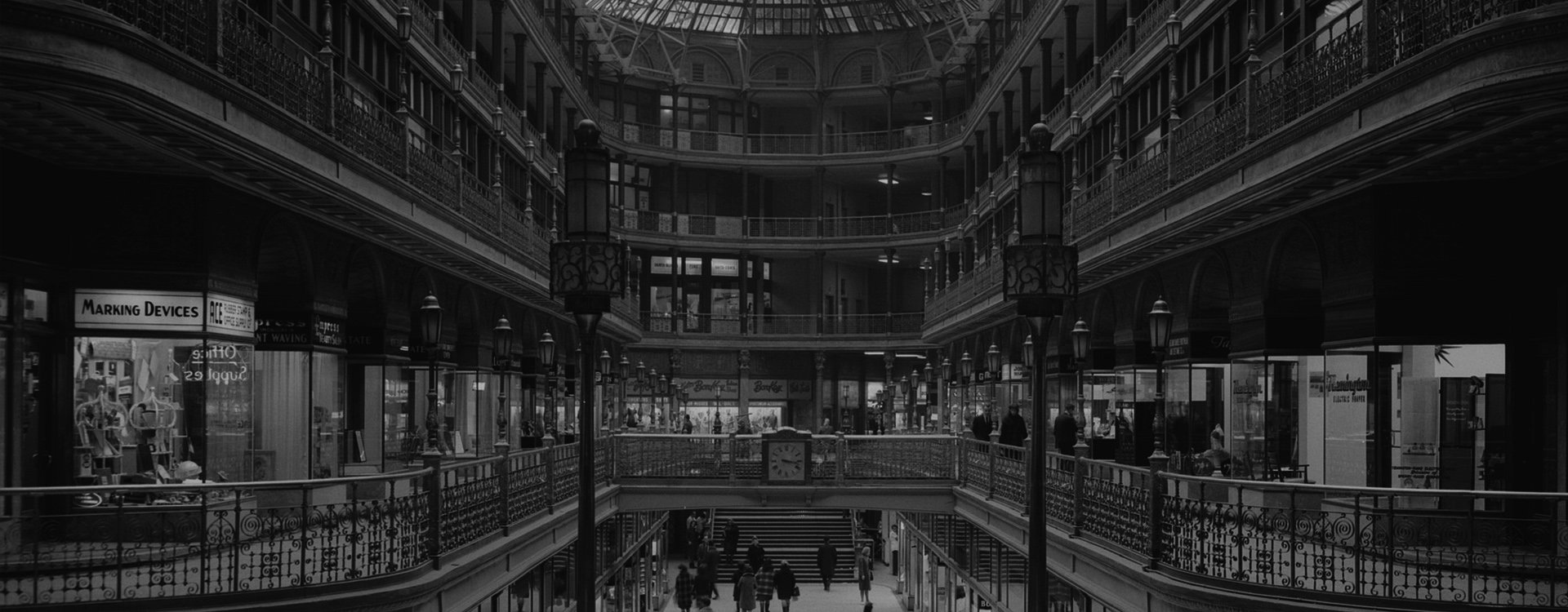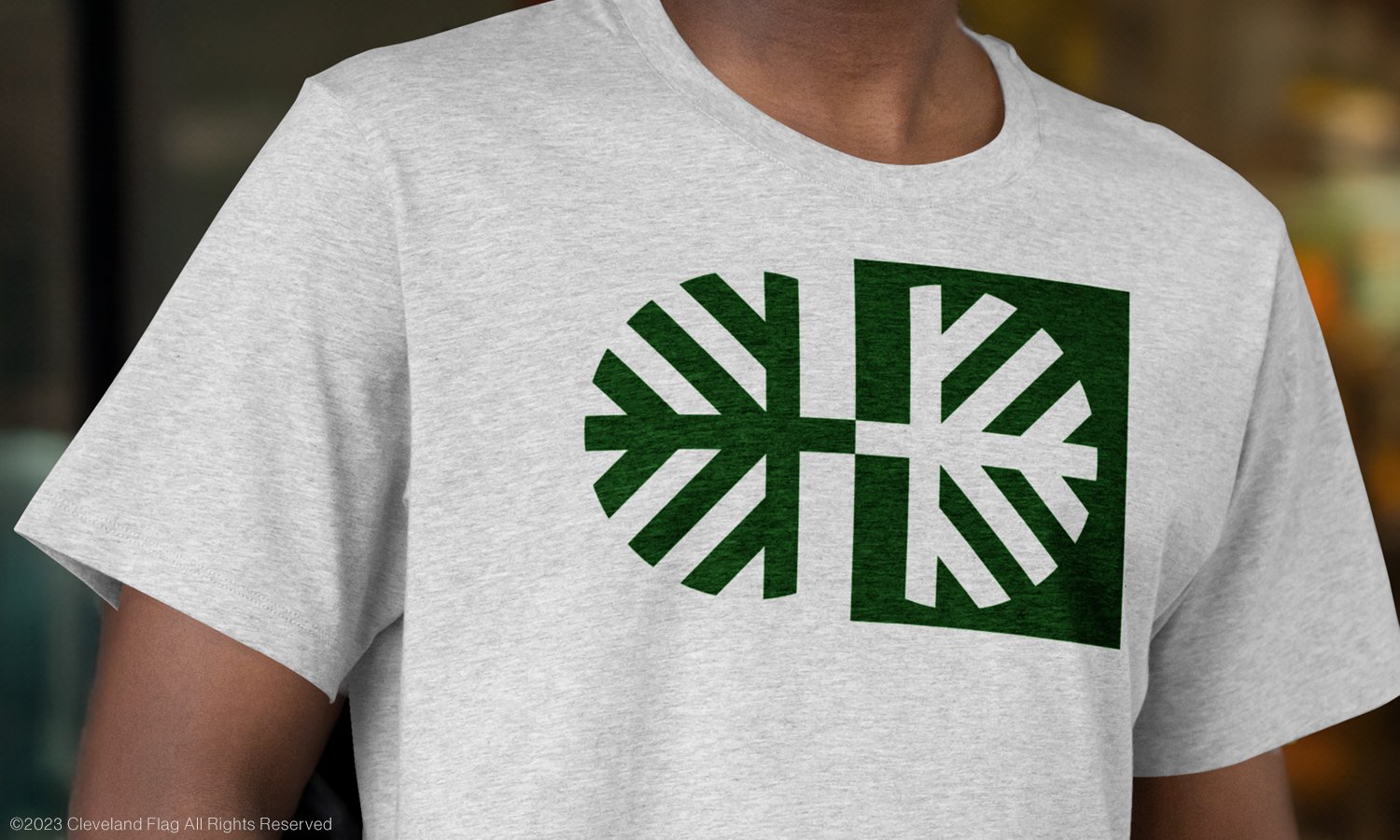
cleveland flag
about flag 18
Before “the Land,” before “Believeland,” before “the 216,” before the “Home of Rock ‘n’ Roll,” before Cleveland was a “plum” and before the “Best Location in the Nation,” Cleveland was the “Forest City.”
The “Forest City” nickname comes from a two-volume 1835 book by Alexis de Tocqueville called Democracy in America. In the book, Tocqueville calls Cleveland, Ohio, "...a highly sophisticated society amid a heavily forested environment..." Despite the French author’s flattering words, the nickname took some time to catch on.
The earliest Cleveland record of Forest City’s use is the 1834 charter of the Forest City Hook and Ladder volunteer firefighting company.
The earliest business to use the Forest City name was the Forest City Race Track, which opened in 1850. A year later, the Forest City Agricultural Warehouse, Forest City Bank, Forest City Bath House, Forest City Cricket Club, Forest City Lyceum and the Forest City House opened in Cleveland.
In the late 1860s, Cleveland’s baseball club selected the Forest City moniker. In 1870, the club became a professional team and, in 1871, helped to establish the National Association, the first professional baseball league. On May 4, 1871, the first National Association game was held between Cleveland’s Forest City club and Fort Wayne, Indiana’s Kekionga club. The game is considered to be the first major league baseball game. A year later, the team folded.
Two people are often cited as the originator of the Forest City nickname and it remains unclear which is correct. Timothy Smead, editor of the Ohio City Argus, is identified in a January 4, 1890, Cleveland Plain Dealer article as the first person to use the toponym, while others believe credit goes to Secretary of the Cleveland Horticultural Society and Cleveland Mayor (1850 to 1851) William Case. Case was known for encouraging the city to plant shade and fruit trees.
In 1917, the city established the Cleveland Metroparks, a series of parks and greenspaces encircling the city. The oldest park district in Ohio, the Cleveland Metroparks are often referred to as the city’s Emerald Necklace. A 1940 census found 221,198 trees in Cleveland, Ohio, with an additional 100,000 trees in city parks. As of 2020, approximately 30 Greater Cleveland companies still use the Forest City moniker.
This Cleveland flag design concept is a bicolor flag. The green represents Cleveland’s natural resources and more than two centuries of growth and prosperity. The white represents community and hope. These two colors and four concepts are intertwined, as community and hope further growth and prosperity and vice versa. The city’s future is connected to its people.
The Cleveland flag design features a tree motif, a natural symbol of growth, strength and endurance. To the left of the flag’s center, the tree is depicted in green, above ground and against a wintery white sky. This is proof that new growth and change is possible after the coldest Cleveland winter. To the right of the flag’s center, the tree motif is repeated, but against a green field. Here, the white tree shape represents the deep, underground roots that hold the tree, steadfast, against the elements. The people of Cleveland’s community are the roots that hold up and give strength to the city.
The new Cleveland flag design is built on a 1:4 grid. Compare this Cleveland flag concept to other Ohio city flags.











